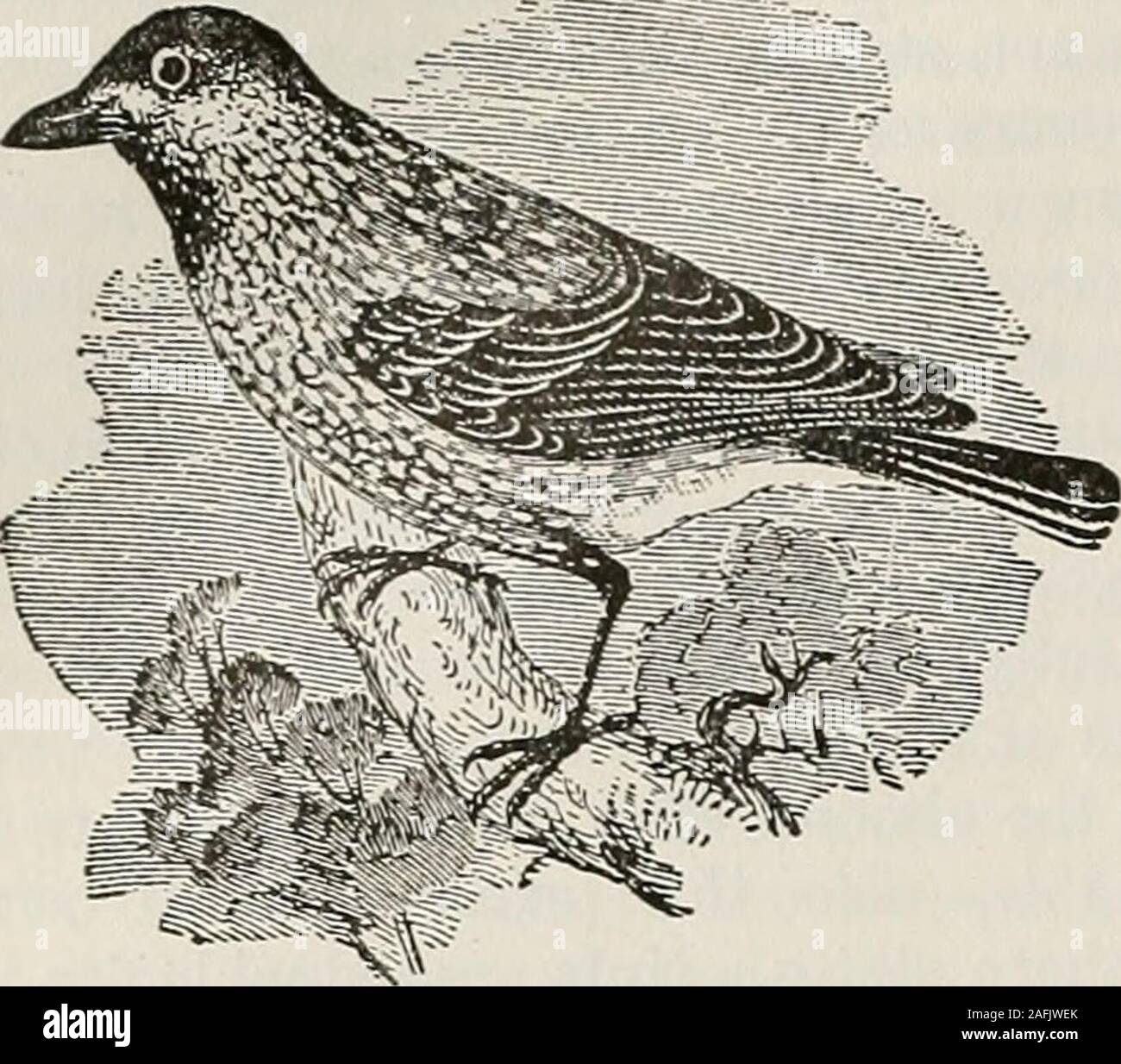. The American educator; completely remodelled and rewritten from original text of the New practical reference library, with new plans and additional material. motion of the pole is anapparent approach and recession of all thestars in the heavens to the pole in the sameperiod; and the same cause will give riseto a small alternate advance and recession ofthe equinoctial points, by which, in the samel^eriod, both the declinations and the rightascensions of the stars will be also alternate-ly increased or diminished. This nutation,however, is combined with another motion,namely, the precession of

Image details
Contributor:
The Reading Room / Alamy Stock PhotoImage ID:
2AFJWEKFile size:
7.1 MB (405.2 KB Compressed download)Releases:
Model - no | Property - noDo I need a release?Dimensions:
1685 x 1483 px | 28.5 x 25.1 cm | 11.2 x 9.9 inches | 150dpiMore information:
This image is a public domain image, which means either that copyright has expired in the image or the copyright holder has waived their copyright. Alamy charges you a fee for access to the high resolution copy of the image.
This image could have imperfections as it’s either historical or reportage.
. The American educator; completely remodelled and rewritten from original text of the New practical reference library, with new plans and additional material. motion of the pole is anapparent approach and recession of all thestars in the heavens to the pole in the sameperiod; and the same cause will give riseto a small alternate advance and recession ofthe equinoctial points, by which, in the samel^eriod, both the declinations and the rightascensions of the stars will be also alternate-ly increased or diminished. This nutation, however, is combined with another motion, namely, the precession of the equinoxes(which see), and in virtue of the two mo-tions, the path which the pole describes isneither an ellipse nor a circle, but a gentlyundulating ring; and each of these undula-tions constitutes a nutation of the earthsaxis. Both these motions and their com-bined effect arise from the action of the sunand moon upon the earth. NUTCRACKER, a bird common in themountains of central Europe and sometimes NUTHATCH 2624 NUX VOMICA seen in England, so called because of itshabit of cracking the seeds of various firtrees (its principal food) by holding the. NUTCRACKER cones in its claws and hammering upon themwith its bill. The bird belongs to the crowfamily, and is about the size of a jackdaw. NUTHATCH, the common name of sev-eral very active little birds, that arecommon in most parts of North Americaand Europe. They are usually of shyand solitary habits, frequenting the woodsand feeding chiefly on insects, wliich theyfind in the crevices of the bark of trees.